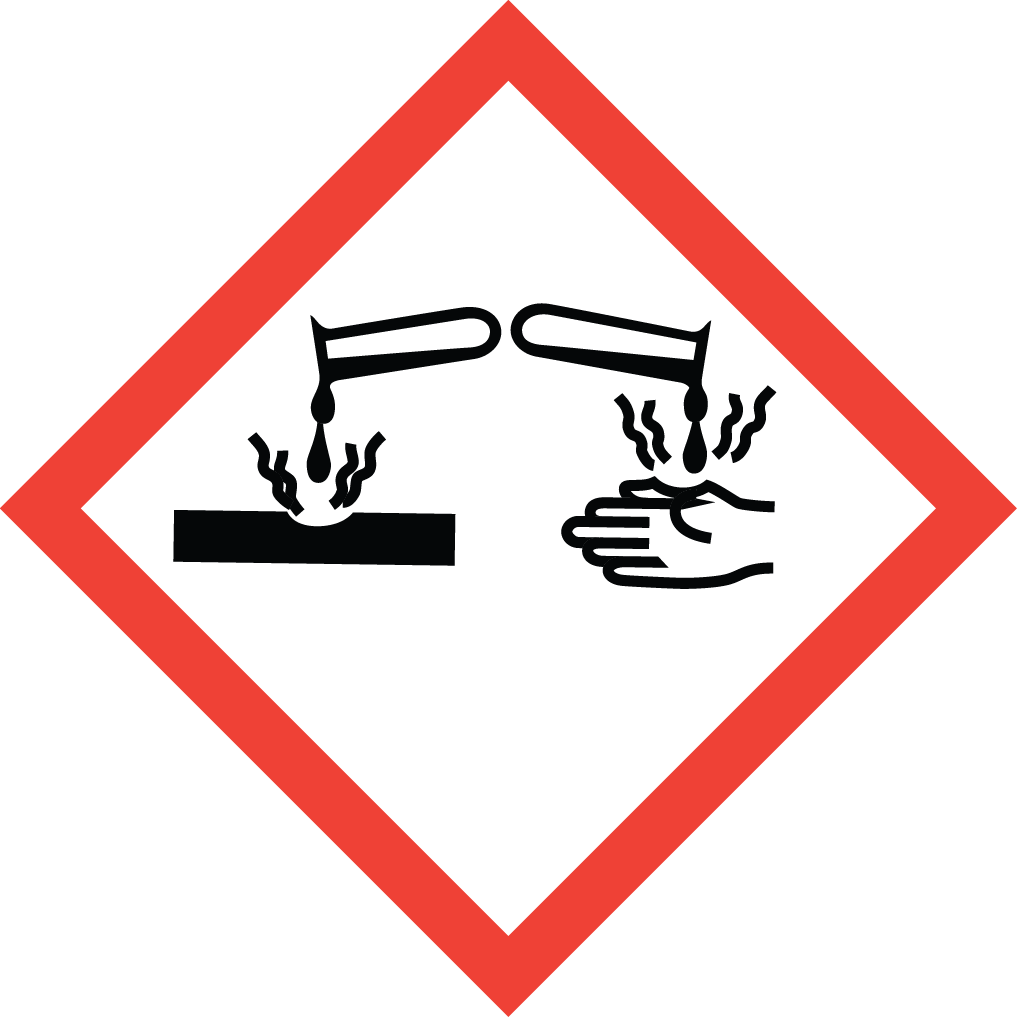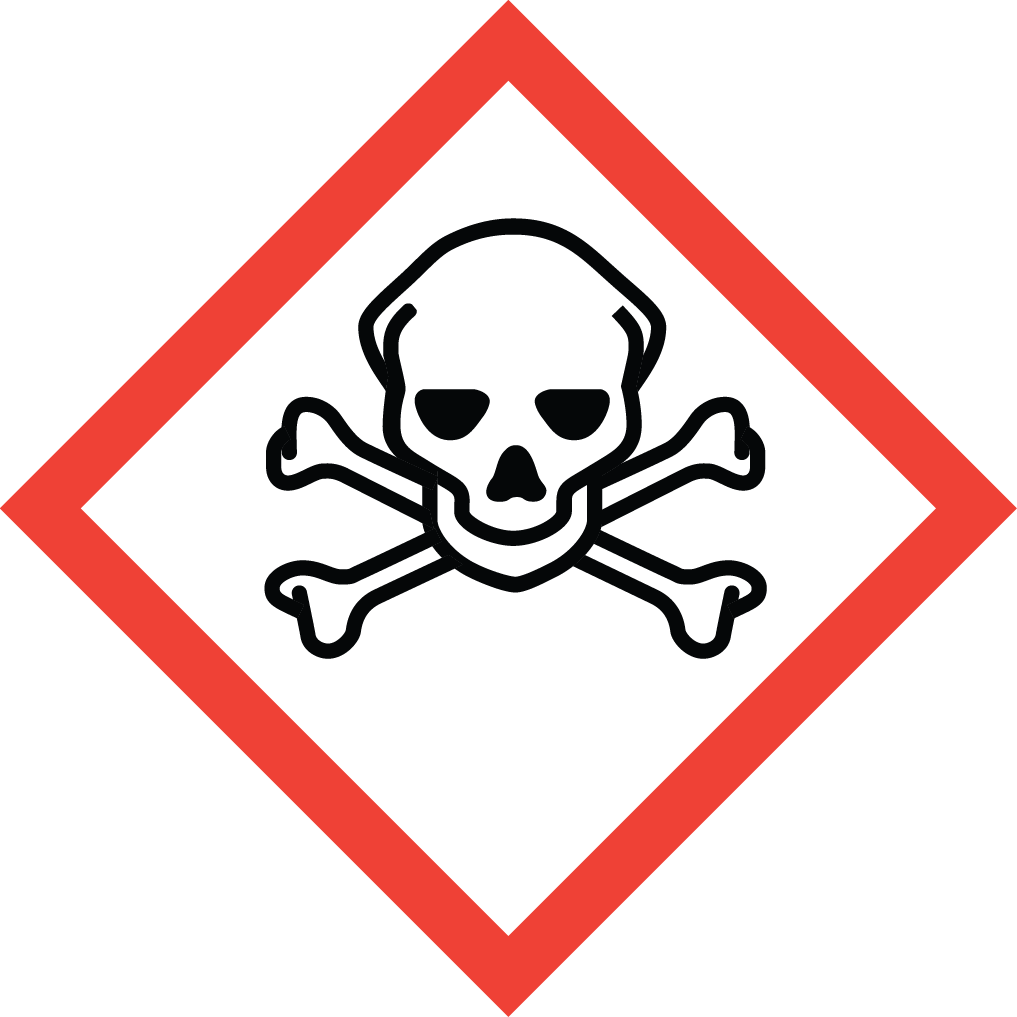Aure Chemical: Your Reliable Source for High-Purity Methyltrichlorosilane (CAS 75-79-6)
Aure Chemical is a premier global supplier of high-quality Methyltrichlorosilane (CH₃SiCl₃), commonly known as Trichloromethylsilane (MTS). Identified by its CAS number 75-79-6, this organosilicon compound is a colorless, fuming liquid with a pungent, irritating odor. Methyltrichlorosilane is a highly versatile and essential chemical intermediate, playing a critical role in the silicone industry and in the synthesis of a wide range of advanced materials. It serves as a key building block for producing silicone resins, which are valued for their exceptional thermal stability, weather resistance, and electrical insulation properties. Furthermore, it is widely utilized in the creation of high-performance water repellents, coatings, and hydrophobic surface treatments. Due to its reactivity with moisture and corrosive nature, handling and transportation of Methyltrichlorosilane require meticulous care and adherence to strict safety protocols. Aure Chemical's unwavering commitment to excellence ensures that our Methyltrichlorosilane meets the demanding purity and performance requirements for your most critical industrial applications, guaranteeing consistency, safety, and reliability for your specialized material needs.
Basic Information of Methyltrichlorosilane
Methyltrichlorosilane (CAS No. 75-79-6) is meticulously produced and rigorously tested to meet stringent quality standards. We ensure exceptional purity and consistent performance, essential for your critical applications:
| CAS No.: | 75-79-6 |
|---|
| EC No.: | 200-902-6 |
|---|
| Linear Formula: | CH₃SiCl₃ |
|---|
| Molecular Weight: | 149.47 |
|---|
| Appearance: | Transparent Liquid |
|---|
| Odor: | Pungent odor. |
|---|
| Melting Point: | -77 °C |
|---|
| Boiling point: | 66 °C (lit.) |
|---|
| Density: | 1.273 g/mL at 25 °C (lit.) |
|---|
| Reactivity: | Reacts vigorously with water (hydrolyzes to form highly crosslinked silicone resins and hydrochloric acid), alcohols, and other protic compounds. |
|---|
| Flammability: | Flammable liquid and vapor. |
|---|
| Corrosivity: | Highly corrosive to metals in the presence of moisture and to organic tissues. |
|---|
| RIDADR: | UN 1250 3/PG 1 |
|---|
| Chemical Structure: |  |
|---|
Our commitment to delivering high-purity Methyltrichlorosilane ensures a reliable and efficient component for your critical processes, offering consistent quality for diverse industrial needs, while prioritizing uncompromising safety in handling and logistics.
Primary Applications of Methyltrichlorosilane
Methyltrichlorosilane's unique functionality as a trifunctional silane makes it a crucial intermediate in the synthesis of a wide range of organosilicon materials and specialty chemicals:
Silicone Resin Production:
It is a primary building block for the synthesis of silicone resins. Its trifunctional nature (Si-Cl₃) allows for extensive cross-linking upon hydrolysis, forming rigid, highly durable networks used in high-temperature resistant coatings, electrical insulation, and encapsulants.
High-Performance Coatings:
Used in the formulation of high-performance coatings and paints, imparting excellent weatherability, hardness, gloss retention, and resistance to chemicals and abrasion.
Water Repellents & Hydrophobic Treatments:
A key ingredient in the production of water repellents and hydrophobic surface treatment agents for masonry, concrete, textiles, and glass, offering long-lasting protection against moisture penetration.
Chemical Intermediate:
Serves as a versatile intermediate for synthesizing other specialty silanes and organosilicon compounds with specific functionalities, used in various niche applications.
Ceramics and Composites:
Utilized in the manufacture of advanced ceramics and composites as a precursor or surface modifier to improve material properties and adhesion.
Adhesives and Sealants:
Contributes to the formulation of certain adhesives and sealants, enhancing their bonding strength and durability.
Why Choose Aure Chemical for Your Methyltrichlorosilane Supply?
Aure Chemical is dedicated to providing superior chemical solutions and unparalleled customer support. By partnering with us for your Methyltrichlorosilane requirements, you benefit from:
Exceptional Purity & Consistent Quality: Our Methyltrichlorosilane is manufactured to stringent purity specifications, crucial for achieving optimal performance and desired properties in silicone resin synthesis and other demanding applications.
Uncompromising Safety & Compliance: Given the hazards associated with Methyltrichlorosilane, Aure Chemical maintains world-class safety standards. Our manufacturing, storage, and transportation protocols are meticulously designed to adhere strictly to international safety regulations and best practices for handling highly reactive, flammable, and corrosive liquids.
Reliable Global Supply Chain: We maintain a robust and efficient global supply network, guaranteeing timely and secure delivery of this critical chemical to your facilities worldwide, with specialized logistics for hazardous materials.
Expert Technical & Safety Support: Our dedicated team of experienced chemists and highly trained safety specialists is readily available to offer comprehensive guidance on product application, stringent safe handling procedures, emergency response planning, and optimal storage conditions for Methyltrichlorosilane.
Commitment to Quality & Responsible Stewardship: We adhere to the highest industry standards for quality management, environmental responsibility, and product stewardship across all our operations, ensuring peace of mind for our clients and the responsible management of hazardous chemicals.
Choose Aure Chemical for a trustworthy and dependable supply of high-quality Methyltrichlorosilane. We're ready to support your most demanding and innovative material science processes with an unwavering commitment to safety and excellence.
Methyltrichlorosilane (CAS 75-79-6) — FAQ
What is Methyltrichlorosilane (CAS 75-79-6)?
Methyltrichlorosilane (CH3SiCl3) is an organosilicon compound widely used as a silane precursor in silicone chemistry. It is a colorless, moisture-sensitive liquid that reacts readily with water to form hydrochloric acid and silanols.
What is Methyltrichlorosilane used for?
Methyltrichlorosilane is primarily used in the production of silicones, resins, and siloxane polymers. It is also employed as a surface treatment agent, coupling agent, and in the preparation of functional silanes for coatings, adhesives, and electronic materials.
Can Methyltrichlorosilane mix with Dimethyldichlorosilane?
Yes, Methyltrichlorosilane can be blended with Dimethyldichlorosilane (CAS 75-78-5) in industrial formulations. Both are chlorosilanes commonly used in silicone manufacturing, but the ratio and compatibility depend on the target polymer properties. Mixing must be carried out under dry, inert conditions to prevent hydrolysis.
Is Methyltrichlorosilane hazardous?
Yes. Methyltrichlorosilane is corrosive and reacts violently with moisture, releasing hydrochloric acid fumes. It can cause severe burns to skin and eyes and respiratory irritation if inhaled. Proper personal protective equipment (PPE) and ventilation are required when handling.
How should Methyltrichlorosilane be stored?
Store Methyltrichlorosilane in a cool, dry, well-ventilated area under an inert atmosphere (e.g., nitrogen). Containers should be tightly sealed and protected from moisture, alcohols, bases, and oxidizing agents. Secondary containment and corrosion-resistant materials are recommended.
Is Methyltrichlorosilane flammable?
Methyltrichlorosilane is not highly flammable itself but can release flammable hydrogen chloride vapors when it comes into contact with moisture. Adequate grounding, bonding, and ventilation should be in place during storage and transfer.
What precautions should be taken during transport?
During transport, Methyltrichlorosilane must be packed in sealed, moisture-proof containers. It is classified as a hazardous material, so shipments should comply with international regulations such as ADR, IMDG, and IATA. Containers must be labeled “Moisture Sensitive” and segregated from incompatible cargo.
What industries commonly use Methyltrichlorosilane?
Industries that use Methyltrichlorosilane include silicone and polymer manufacturing, electronics, coatings, adhesives, sealants, and specialty chemicals. It is an important intermediate in the chemical industry for high-performance materials.
Hazards Classification
GHS Classification: Flammable Liquid (GHS02), Corrosive (GHS05), Acute Toxicity (GHS06)
Hazard Statements: Highly flammable liquid and vapor; causes severe skin burns and eye damage; toxic if inhaled.
UN Number: UN 1250
Hazard Class: 3 (Flammable Liquids), 8 (Corrosive)
Packing Group: I
 GHS02: Flammable
GHS02: Flammable GHS05: Corrosive
GHS05: Corrosive GHS06: Acute toxicity
GHS06: Acute toxicity
